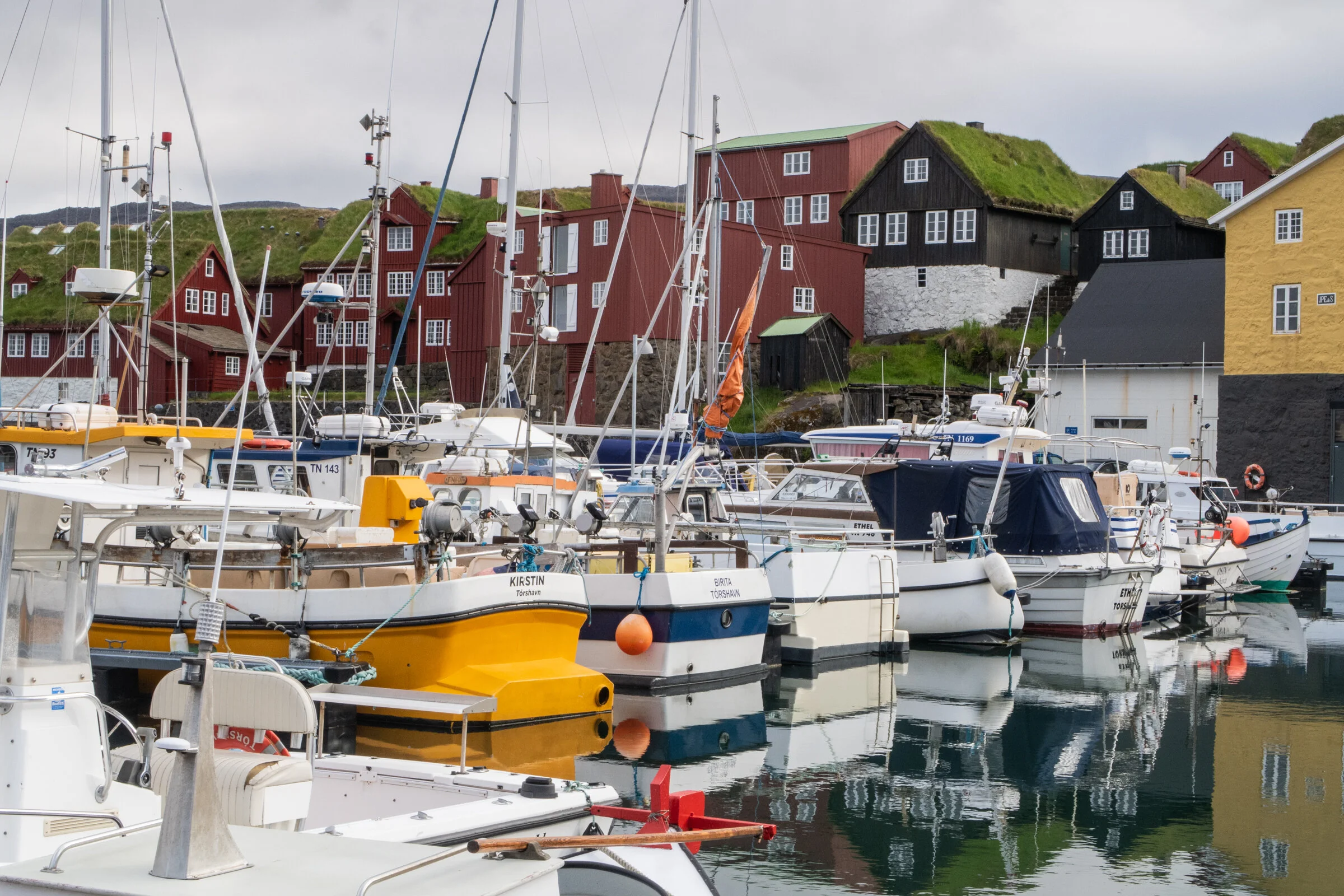As communities living and working by the sea know well, coasts are among our most fragile environments. Subject to pounding waves and storm force winds, the land itself, with its cliffs and rocks, is eroded to pebbles and shifting sand, while organic matter from sea and shore is torn from its anchorage, thrown up and stranded above the tideline. Only slightly less dramatic are the daily tides that sweep the beaches clean twice a day. Longer time frames are involved in the falling and rising of sea levels which change the coastal landscape, leaving raised beaches, under-cut cliffs or low lying areas lost to the sea.
These natural processes of creation and destruction impact especially on local people but most of us value these places where land meets sea. The scenery, the opportunity to breathe fresh salt air, to play on the beach or look out to far horizons; all this draws us to the land’s edge for recreation and improves our sense of well being. Often it marks the limit of what we regard as our homeland and we feel passionate in its defence from both invasion and destruction. Yet through ignorance and arrogance we have set in motion processes that are accelerating beyond our control and now we must face the consequences of thoughtless pollution of the oceans, the land and the air we breathe. The planet is warming, sea levels are rising and weather systems are disrupted. Although these are natural trends, it is human activity that has increased the speed of change beyond the capacity for biological systems, even ourselves, to adapt. How do we, as photographers respond?
Firemore: Who could fail to appreciate the beauty of this beach and not wish to linger?
For photographers this is an exciting place where light plays on the wet sand …
creating reflections and silhouettes in sky and shade.
Surely everyone would be attracted to the colours of sand and sea …
and patterns sculpted by wind and water.
Many will see textures in the rocks created by erosion, plants and lichens …
and will take care to ‘leave only footprints’ beside the stream.
Not metal waste glinting but dried kelp. The farmer’s sheep harmlessly wander free but …
we are all responsible for human waste! Could we not do better with old tyres?
Cove Battery: A place of beautiful mountain views and the ugliest of wartime buildings.
A place of memory and memorial to bravery and loss. Even photographers struggle …
to lighten the mood evoked here and perhaps we shouldn’t try.
Yet the crumbling buildings are morbidly interesting, having a kind of beauty …
while slowly nature is claiming back the headland.
Light breaks through while the concrete weeps calcite …
and colours leach and bleach on the interior walls.
Soon the moor will reclaim the concrete blocks and the sea dismantle the brick walls …
while we sit, our backs turned, looking out to sea, perhaps trying to forget?
Cove Harbour: A safe haven from sea and storm for generations of fishermen.
Old creels and ropes hang waiting to decay into the long grass …
while ropes and chains still in use snake over the pebbles.
In time old anchors rust away but polypropylene ropes just fray and fragment …
and although the seaweed may anchor itself to them, nothing can degrade them.
Brightly coloured buoys and boxes make the photograph …
but do we glorify the use of plastic that also pollutes the seas.
The old blue boat rots naturally away in an unused corner of the harbour but …
modern materials resist decay. Yet who would deny fishermen lives made less arduous by their use?
As photographers we pride ourselves in seeing scenes that others may not notice. Perhaps, through our image making, we can raise awareness and stimulate thoughtful reflection; perhaps we have a responsibility to reveal not only the beauty of nature and what we stand to lose but also to raise questions about the, however unintentional, more destructive aspects of human nature?









































































































